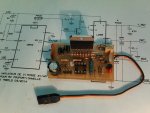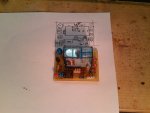Technoman
Senior Member
Hi,
For a future design, I'd like to list the integrated circuit motor driver that can be used for simultaneous, bi-directional control of small motors (1 amp max).
Some commercial products are using chips from Toshiba, Allegro, ...
I am currently using the L293 ; is there a better choice?
For a future design, I'd like to list the integrated circuit motor driver that can be used for simultaneous, bi-directional control of small motors (1 amp max).
Some commercial products are using chips from Toshiba, Allegro, ...
I am currently using the L293 ; is there a better choice?




